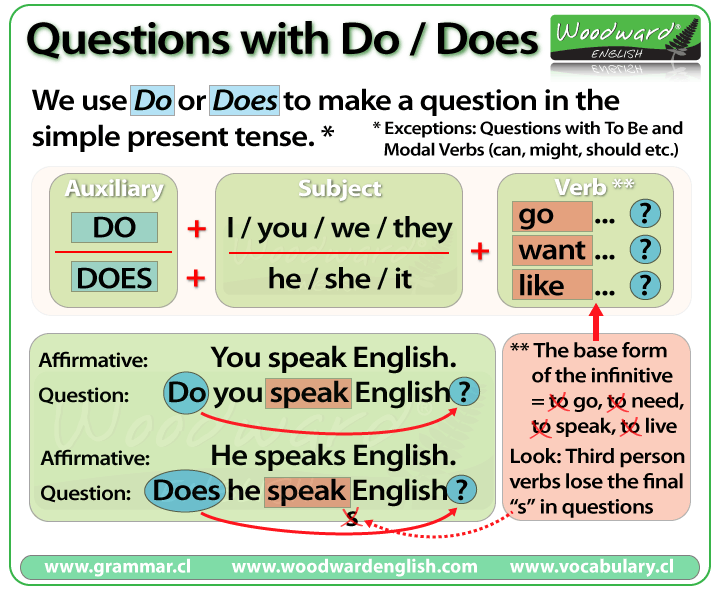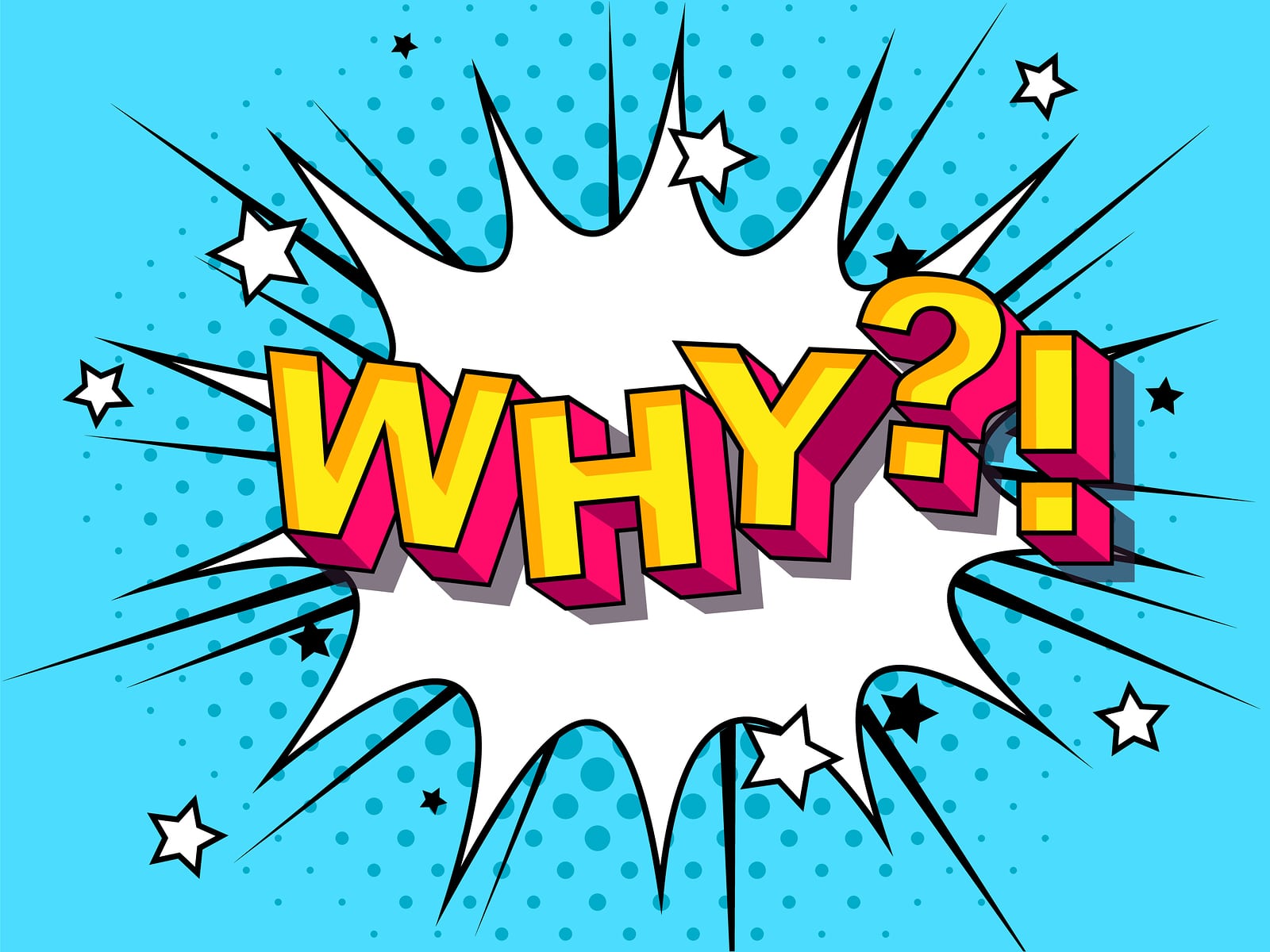How Federalism Decentralizes Politics and Policies: Mechanisms, Benefits, and Challenges
Introduction: Understanding Federalism and Decentralization
Federalism is a governing system that divides political and policy authority between national and subnational entities, such as states or provinces. This distribution is designed to decentralize decision-making, allowing local governments to address issues more effectively and responsively. Decentralization through federalism is not just a legal arrangement-it’s a dynamic process that shapes the way citizens experience governance, public services, and political participation. [1]
How Federalism Decentralizes Politics
Allocation of Authority
Federalism decentralizes politics by granting substantial powers to subnational governments. In the United States, for example, the Constitution enumerates certain responsibilities for the federal government, leaving other powers to the states. This division has practical impacts: states can pass laws, regulate industries, and address local concerns that might not be priorities at the national level. [2]
Demands for more decentralization often arise from regions with distinct cultural, linguistic, or economic identities, leading to further devolution of powers. This can result in asymmetrical federalism, where some regions have greater autonomy than others. [3]
Political Responsiveness and Innovation
By pushing decision-making closer to citizens, federalism enables governments to be more
responsive
to local needs. This arrangement encourages the development of policies and solutions tailored to specific communities, rather than imposing one-size-fits-all rules. Regional jurisdictions become “laboratories of democracy,” where innovative ideas can be tested before wider adoption.
[1]
For example, states may experiment with policy reforms, health care models, or education standards, providing valuable lessons for other regions and the national government.

Source: slideserve.com
Public Participation and Accountability
Decentralization can increase opportunities for public participation. Citizens are more likely to engage with local governments, attend public meetings, or vote in state and municipal elections than in national ones. This proximity can lead to greater accountability, as elected officials are more accessible and responsive to their constituents. [1]
How Federalism Decentralizes Policies
Structural, Functional, and Fiscal Decentralization
Federalism decentralizes policies through several mechanisms: [5]
-
Structural Decentralization
: Local governments have the authority to set up their own institutions and administrative systems. -
Functional Decentralization
: Subnational entities are empowered to manage specific policy areas, such as education, health care, or transportation. -
Fiscal Decentralization
: States and localities can levy taxes, set rates, borrow funds, and allocate budgets for locally determined programs. -
Personnel Decentralization
: Regional governments control public employment levels, remuneration, and workplace rules.
These forms of decentralization enable subnational governments to make policy decisions that reflect their unique priorities and contexts.
Practical Policy Differences
As a result of federalist decentralization, policies can vary widely between regions. For example, health care provision in the United States differs from state to state, with some offering more generous programs than others. [2]
Similarly, in multinational federations like Canada and Spain, certain provinces or autonomous communities have negotiated special arrangements with the national government, resulting in asymmetrical policy frameworks. [4]
Benefits of Decentralizing Politics and Policies
Increased Flexibility and Innovation
Decentralization makes it easier to adapt policies to local needs and to experiment with new approaches. States and provinces can function as policy “sandboxes,” testing reforms and learning from both successes and failures. This process fosters competition and can lead to the identification of best practices for broader adoption. [1]
Closer Alignment with Citizen Preferences
Policy decisions are more likely to reflect the values and priorities of local populations. For instance, regions with distinct cultural or linguistic identities can develop education or language policies that suit their communities. [3]
Enhanced Statehood and Efficiency
Research suggests that, especially in developed countries, decentralization can improve organizational efficiency and openness to societal, economic, and administrative experimentation. [1]
Challenges and Potential Drawbacks
Inequality and Coordination Problems
One downside of decentralization is the potential for inequality in services and policy outcomes. States or regions with more resources may provide better services, while others lag behind. [2]
Coordination between levels of government can also be challenging, especially when policies overlap or conflict.
Variation in Autonomy and Asymmetry
Asymmetrical federalism can result in some regions having more autonomy than others, which may lead to political tensions or perceptions of unfairness. [4]
Monitoring and Accountability
With multiple layers of government, citizens may find it difficult to monitor and hold officials accountable at every level, potentially leading to higher costs of consent and even increased risks of corruption. [1]
Practical Steps for Engaging with Decentralized Systems
Accessing Local Government Services
If you want to engage with decentralized policies:

Source: slideshare.net
- Contact your local or state government office for information about available programs and services. Most official government websites have directories or contact forms.
- Attend public meetings or hearings to participate in local decision-making.
- Search for specific policy areas (such as education, health, or transportation) using official portals or by calling relevant departments.
- Compare programs across regions to identify best practices or innovative solutions.
For example, if you are interested in health care reforms in your state, visit your state’s official health department website or call their public information office. For broader policy comparisons, consult national research organizations or academic centers that specialize in federalism.
Alternative Pathways
If you cannot find information online, consider:
- Visiting your local library for government service directories
- Contacting advocacy groups focused on federalism or local governance issues
- Reaching out to elected representatives for guidance
Key Takeaways and Next Steps
Federalism decentralizes politics and policies by distributing power across government levels, fostering innovation, responsiveness, and tailored solutions. While this approach offers many benefits, it also presents challenges in coordination, equality, and accountability. To make the most of decentralized systems, engage directly with local governments, compare regional programs, and use official channels for information and participation.
References
- [1] Does Federalism Foster Happiness? Reviewing Political Decentralization and Citizens’ Happiness (2021). Examines how federalism brings governance closer to citizens, enabling responsiveness and innovation.
- [2] Decentralization and centralization in the United States (2020). Discusses the shifting responsibilities between federal and state governments, and impacts on policy implementation.
- [3] Between Decentralization and Asymmetry: Explaining Preferences for Devolution in Multinational Federations (2025). Analyzes the dynamics and public preferences around decentralizing authority in federations.
- [4] Truths and Untruths: Federalism, Autonomy and Decentralization (2006). Details case studies of asymmetric federalism and regional autonomy agreements.
- [5] Decentralization (2022). Defines structural, functional, fiscal, and personnel decentralization in federal systems.



